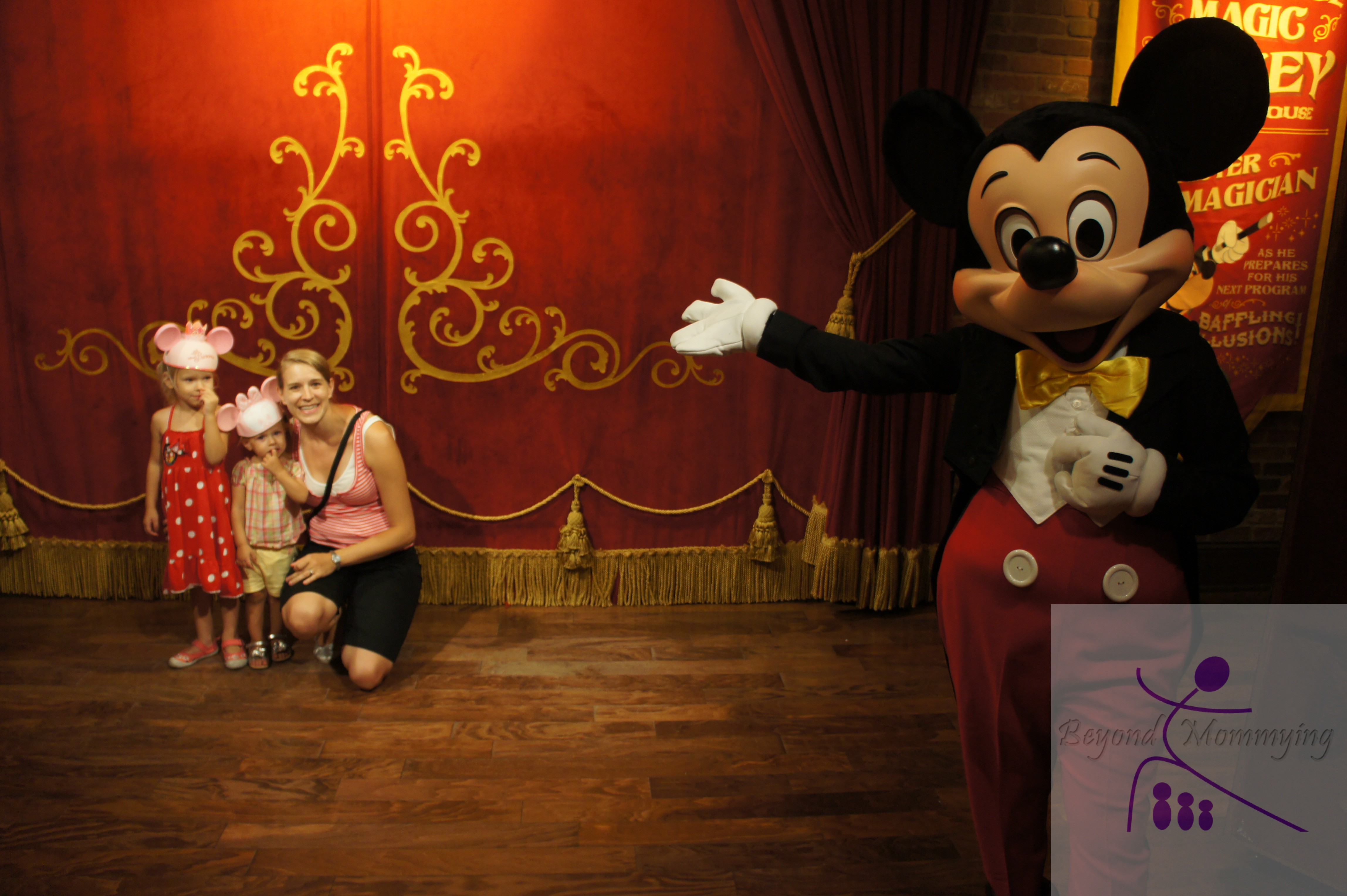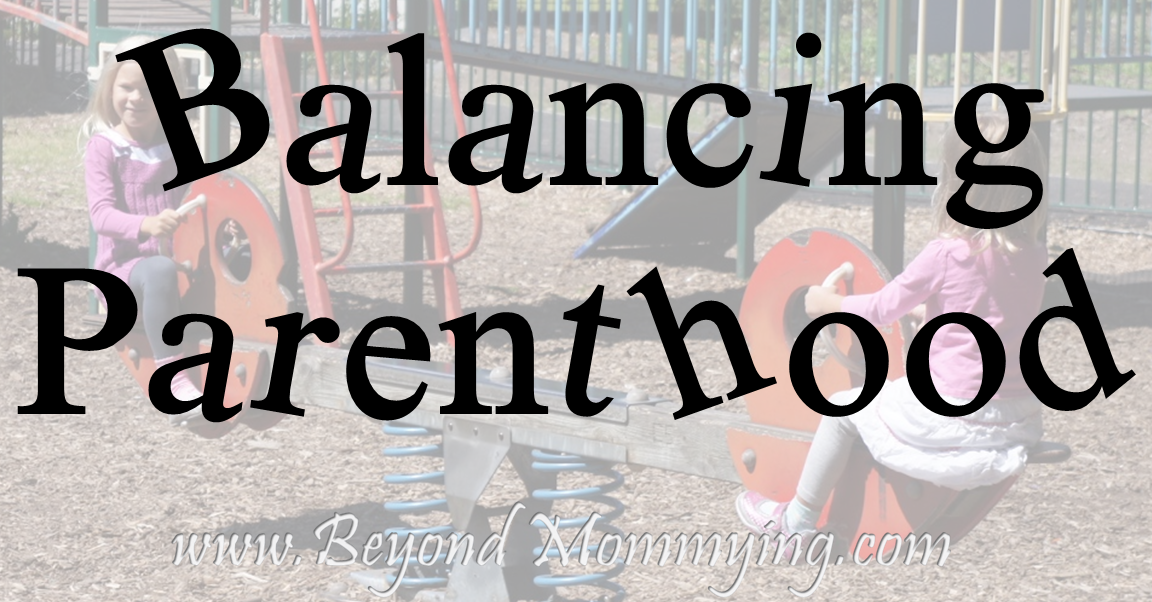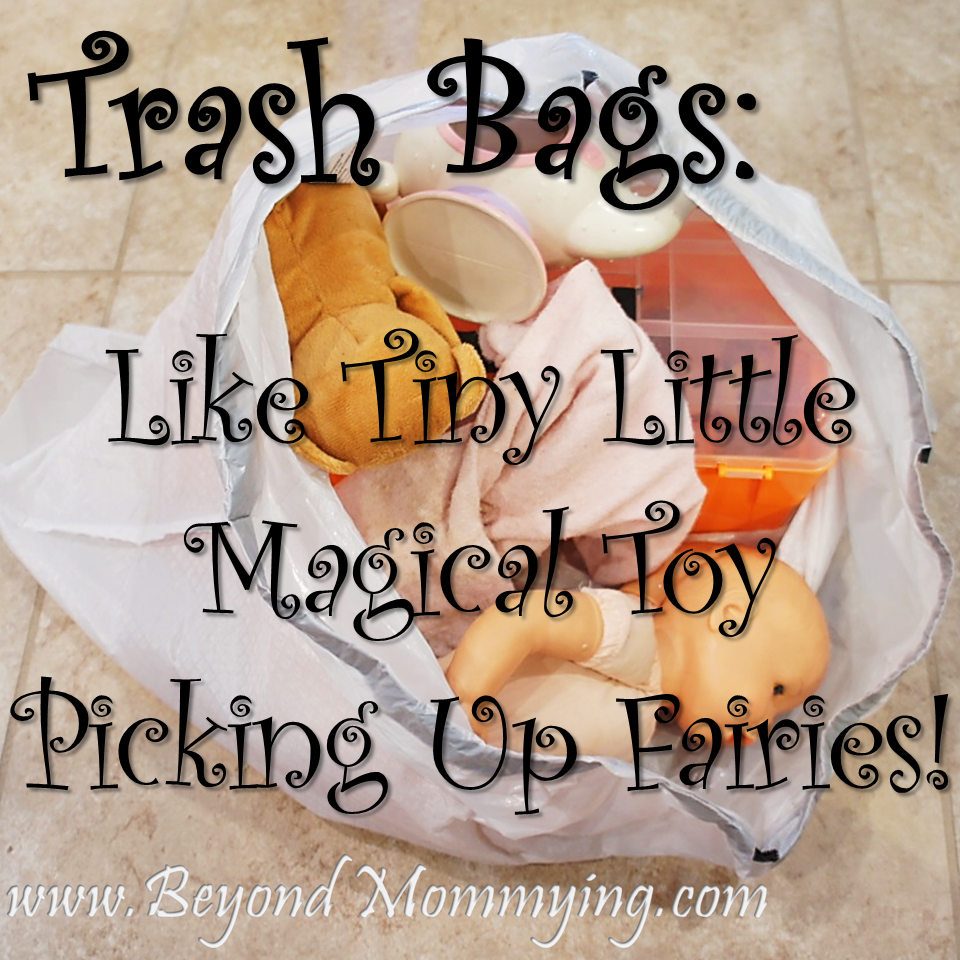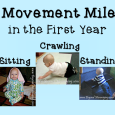When I was pregnant with Doodle, Sugarplum started into a horribly shy phase. As a baby she would easily let others hold her and play with her but as a two year old she wanted nothing to do with strangers.
 She would turn away and hide her face whenever someone tried to talk to her or engage her (she was even terrified of Mickey Mouse, hence the awkward family photo of us as far away from Mickey as possible!) Even at Honeybun’s school pickup where we saw the same people every day, if someone said hi or smiled at her, she would hide behind my legs or (literally) try to climb up my skirt.
She would turn away and hide her face whenever someone tried to talk to her or engage her (she was even terrified of Mickey Mouse, hence the awkward family photo of us as far away from Mickey as possible!) Even at Honeybun’s school pickup where we saw the same people every day, if someone said hi or smiled at her, she would hide behind my legs or (literally) try to climb up my skirt.
And though I don’t remember going through it with Honeybun, I realized it must be an age thing when Sugarplum’s friend who is the same age would do the same. They could play all morning together at the park but as soon as we got to school to pick up the big sisters, they acted like they had never met before and neither two year old would talk to the other mommy.
What we typically refer to as “shyness” actually falls into the category of Stranger Anxiety. And while that may seem like a harsh, concerning or scary term, it’s actually a sign of secure attachment.
I used to try to encourage Sugarplum to interact, almost forcing her to talk to people or look or smile at them but I’ve learned it’s better to address her feelings than to try to force interaction (unless I want a toddler all up in my business!).
She is much better now, she will take initiative with strangers like asking the Target clerk for a sticker all on her own or tell people who seem interested about her baby brother but there are still many times when she doesn’t want to interact. She will still try to bury her face or hide behind me when possible and in those situations I talk calmly to her and say things like “are you not in a talking mood today?” To show her I acknowledge her feelings and to let the stranger know she is not in the mood to be friendly.
This stranger anxiety is closely tied to separation anxiety as the child seeks comfort, closeness and contact with caregivers they know. Whenever Sugarplum gets in one of her “shy” moods now, I take steps to comfort her and encourage her rather than force her to interact or push her away from me like I did in the past. I will pick her up or put my hand on her back if she clutches my legs and say things like “can you say hi?” or repeat questions asked to her “can you tell her your name?” And if she still doesn’t want to interact, I’ll make a comment like “are you not in a chatty mood today?”
I used to say (to both my girls) “are you being shy?” but I’ve tried to move away from that phrase. With Honeybun it became a game, she would laugh and hide and say “I’m shy…” when people would try to engage her. I’ve not used the “shy” word nearly as much with Sugarplum and she shows more clearly when she is and when she is not in an interactive mood where I often felt with Honeybun she was “being shy” to get more attention.
I see stranger anxiety as a healthy thing. While I want my children to friendly and polite with everyone, I appreciate their weariness of people they don’t know. I don’t ever want them to become too comfortable with strangers because this is when bad things can happen. I’m trying to teach them to be nice but also to know the limits of what kinds of interactions are okay.








